Aune Yuki DAC / AMP – Beautiful Looking But Serious Sounding Dongle
Aune Yuki is a $179 USD Dongle DAC AMP with a dual DAC inside, and with a 4 x 4 Transistors design. Today we will be reviewing the Yuki and comparing it to other dongles and similarly priced sources including Hiby R3 II (179 USD), Audioengine D1 (169 USD), and Shanling Ua5 (211 USD).
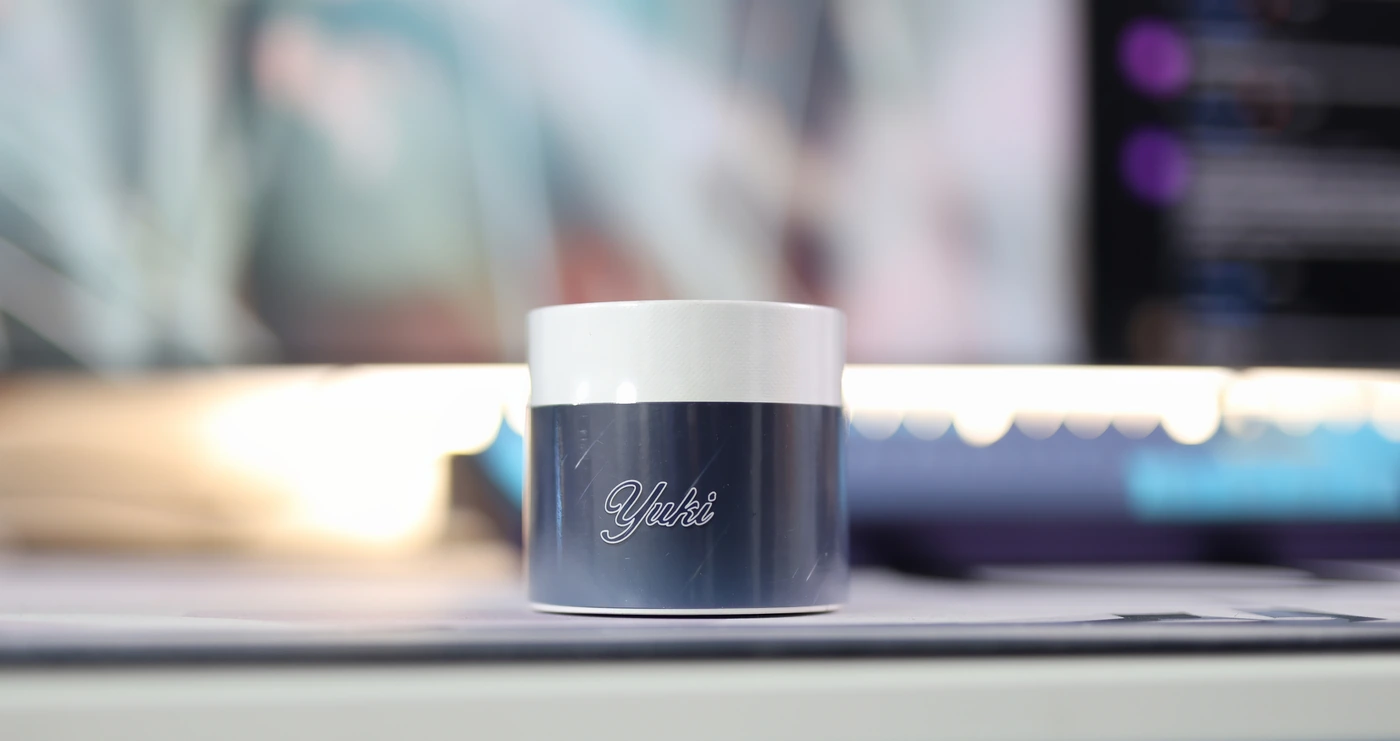
Introduction
Aune Audio has always been a whitelist company for music lovers, as they take no risks, providing products which are reliable, last a long time, and which sound excellent for the money, having easily some of the most agreeable signatures and tunings, allowing you to enjoy music and pairing well with other equipment. Today we’re reviewing one of the most affordable products they made to date, a dongle to impress the picky music listener on the go, or those who need something a tiny bit special. As an Amazon Influencer, I earn from qualifying purchases, and using the purchase links in my reviews helps me maintain this website and Youtube Channel. Aune Audio has provided the sample for this review, in exchange for my honest opinion.
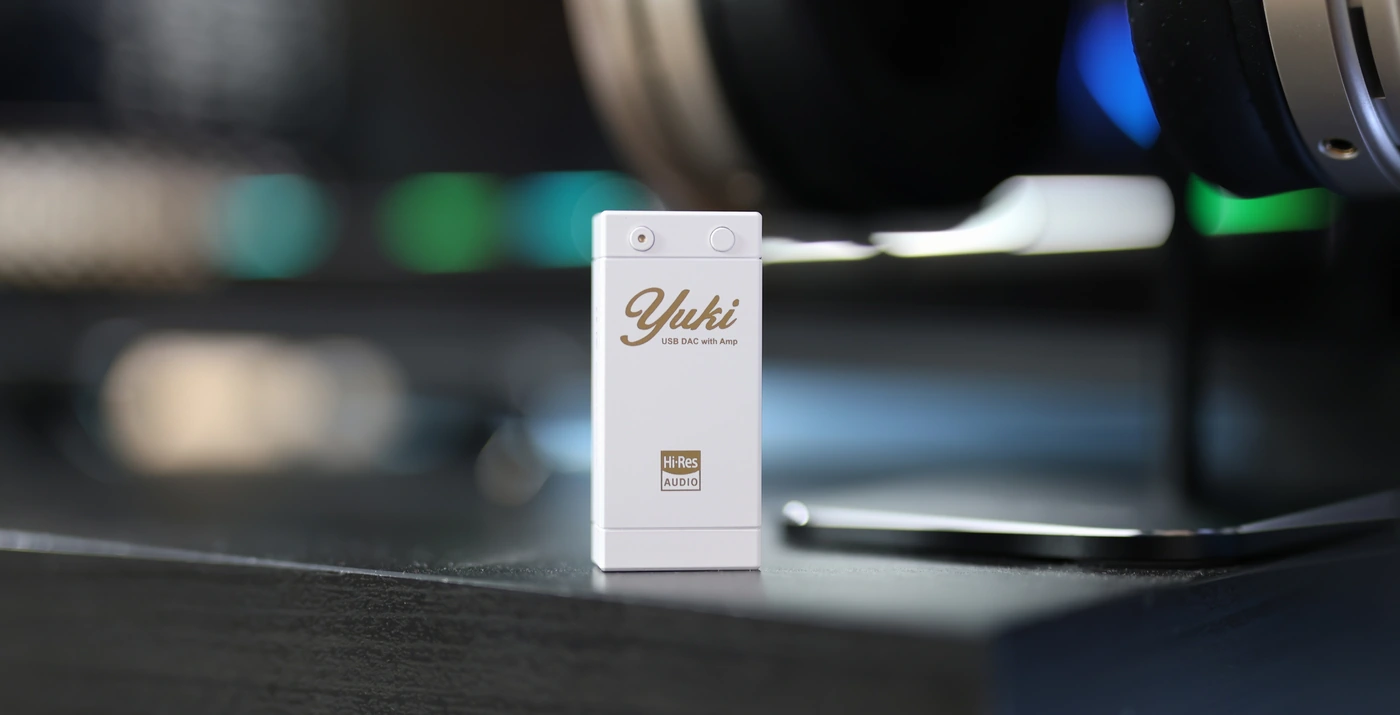
PROs – Superb Detail and Resolution, Forward and Engaging Sound, Portable and Lightweight, Doesn’t get too hot during usage, No USB DAC Delay, Nice window glass panel to see the circuits, No background noise with IEMs and a lot of driving power for headphones, bright and brilliant treble, Beefy Bass, Wide Soundstage, Clean signature, Excellent volume control, and stays sharp and crisp at all volumes, Price-Performance ratio is top notch.
Cons – Always sounds super amplified and forward, even at low volumes, Leather case is sold separately, Draws quite a bit of power from the source.
Product Link
You can grab one here – https://amzn.to/4b0Bc2H
Build Quality/Aesthetics
With how the unit looks like, having a large glass face, though which you can gaze at the resistors and transistors inside, I expected there would be RGB lights or some kind of light effects, but there are none, the unit works but it won’t have LEDs to inform you it is transforming bits into music. We have two headphone outputs, one in 3.5mm Single ended, and one in 4.4mm Balanced termination.
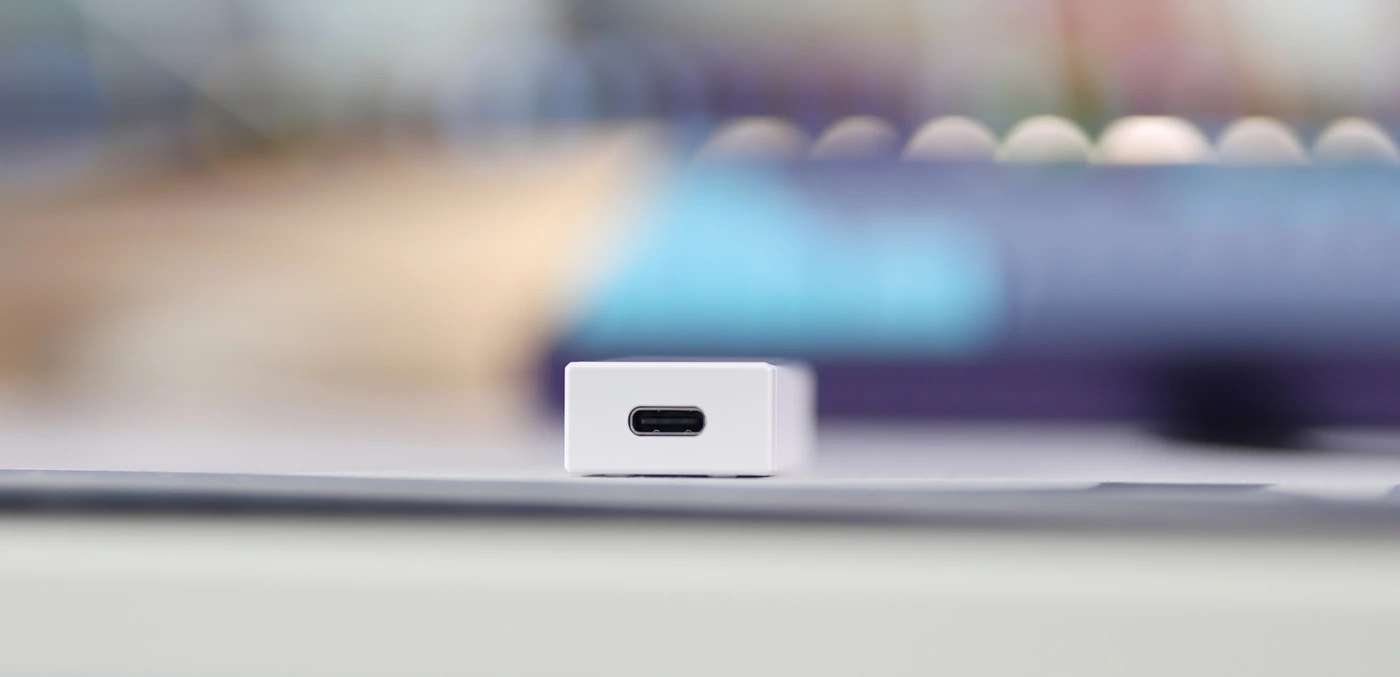
The unit has a Dual DAC inside, with Dual CS43198 DACs to convert the digital signal into analog, and a Hybrid Ceramic PCB. The main part you can see through the window panel is an array of 16 transistors arranged in a 4-way design, to achieve a fully balanced signal, together with the Dual DAC chip. The company wanted to keep things separate so much that the DAC itself is dual-layer, and we can see a separate PCB for the DAC conversion, from the PCB latter doing the headphone amplifier part.
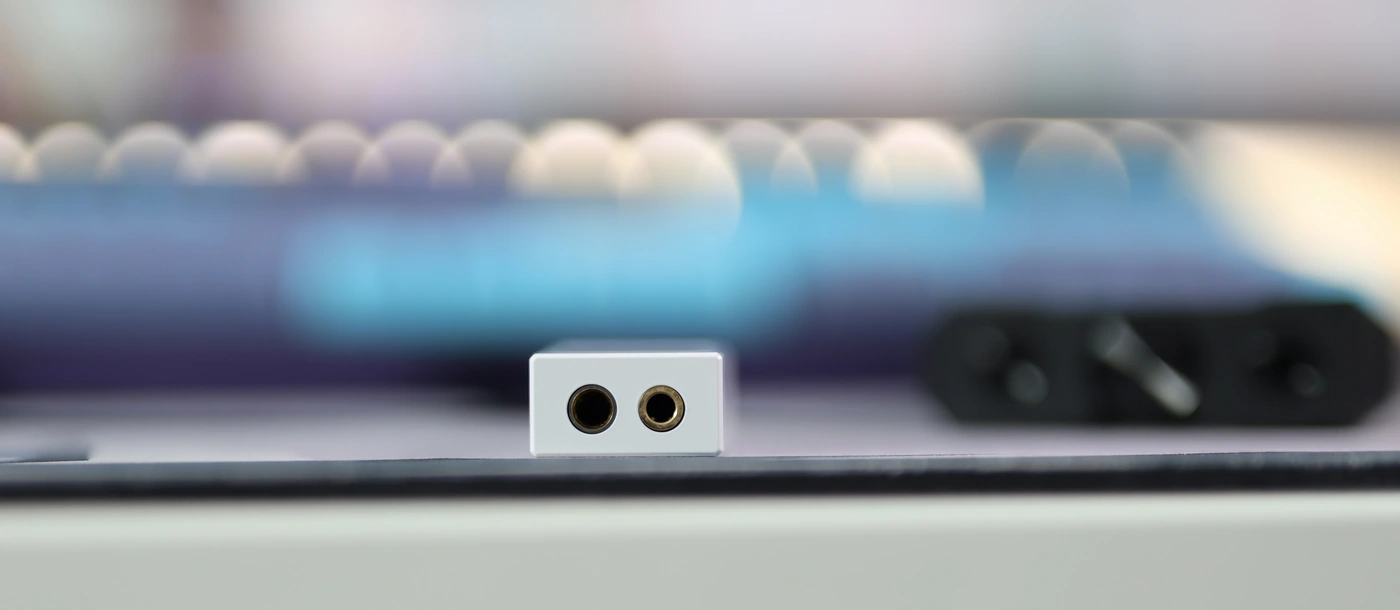
I got this question recently in a video review, whether you can actually use the 32 Bit / 768 kHz data rate with a smartphone, as with PC computers there is no doubt. The best response is that with smartphones, it really depends. Usually, Android applies a SRC resampling algorithm which kills the extra information in high resolution music, but there are ways to bypass this using players that do it. On the computer, the highest data rate I can use is 32 Bit / 384 kHz, and Aune Yuki can even decode DSD256 signals, but I don’t have much music in either format. You wouldn’t expect this, but Mori Calliope songs are available in MQA, and the format works very well with Aune Yuki.
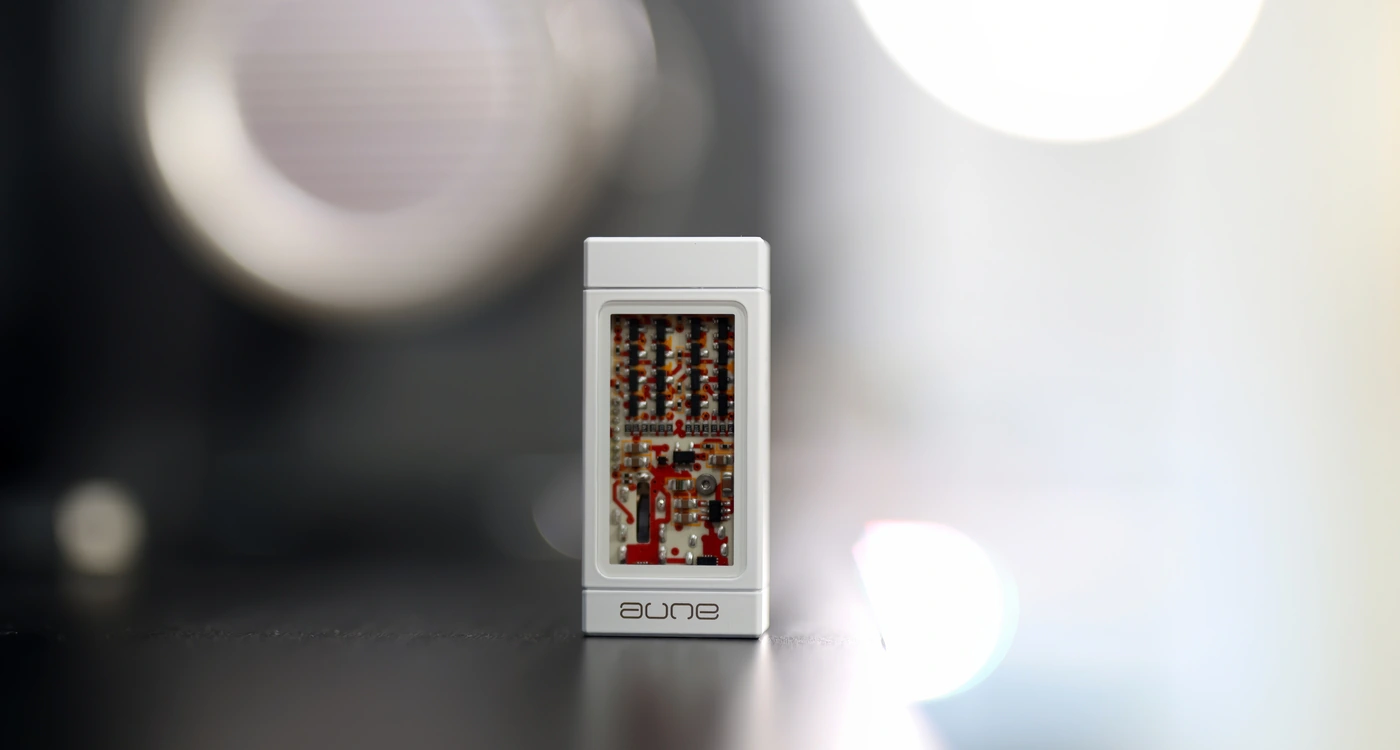
Aune boasts Dual Boost converters for the Yuki, and with the whole Aluminum Alloy Structure and with the glass window, plus the baked enamel finish, Yuki is one of the best looking dongles I reviewed to date, though if you want to protect the white finish, you can always grab an orange leather case for it. With the unit measuring a mere 13mm x 53.5mm x 24 mm, it fits in the pocket of your shirt and you won’t feel you’re transporting it. Technically, the unit has 4.0 Volts and a noise floor of 2.9 uV for the balanced headphone output. With a THD of 0.00033%, and a maximum output power of 160 mW at 32 OHMs, you will hear pure music and no noise with Yuki.
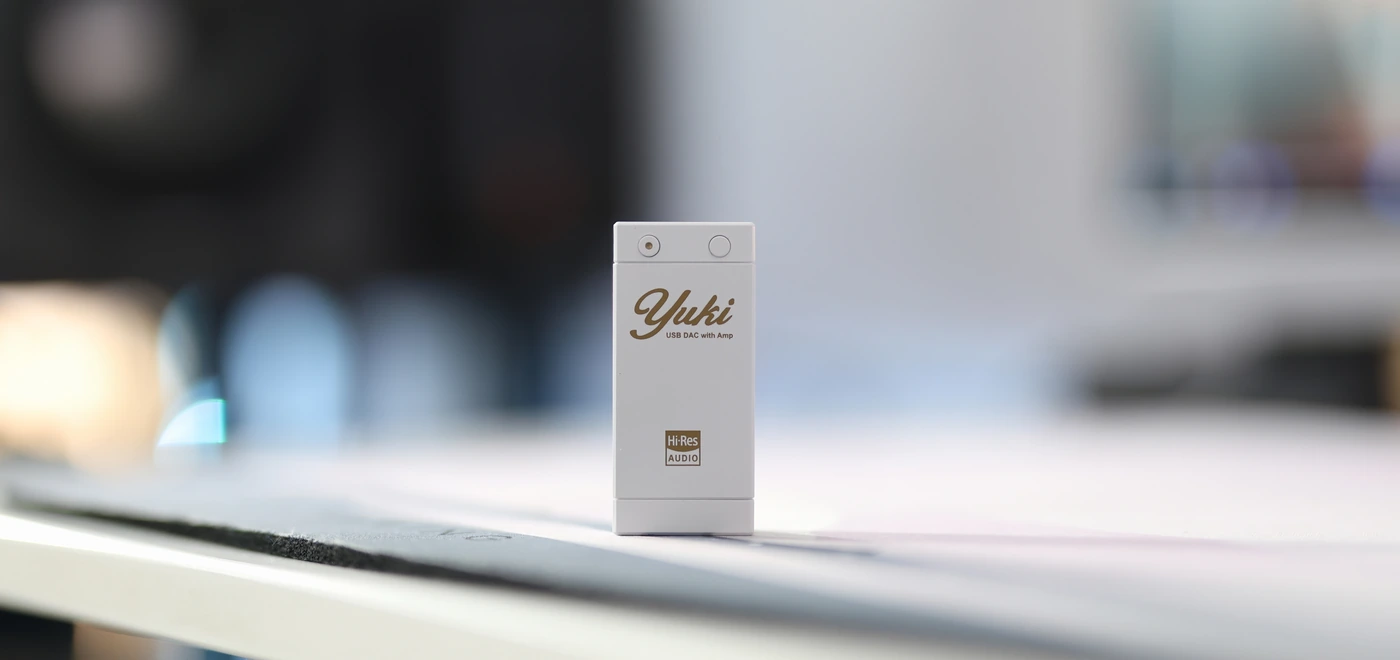
Although the driving power is relatively low, upon testing, it does a good pairing with HIFIMAN He1000 SE, I am hearing a sweet, musical and spacious sound, and the bass doesn’t roll off early, nor does it sound distorted, so there’s a good driving force in the Yuki, although it will mostly be paired with IEMs and portable headphones, so my pairing list includes Sennheiser IE900, Soundz Avant, Spirit Torino Twin Pulse Beryllium, Campfire Bonneville, ThieAudio Hype 4, FIR Audio E12 Electron, and BQWEYZ Winter. Generally, I can hear no noise floor, hissing or any kind of sonic problems with IEMS, with any of the IEMs on this list. The unit is dead silent, and it does a great job with all of those IEMs.
USB DAC
The USB DAC part is important, since this is the main way you’ll be enjoying the Yuki, and I can confirm that it has no USB DAC delay, the unit does not cut the first second of each song, and it plays everything instantly, being perfect for watching movies or playing competitive games. The USB DAC function is working perfectly, and it works flawlessly with my smartphone too, Samsung S23 Ultra and Huawei P30 PRO.
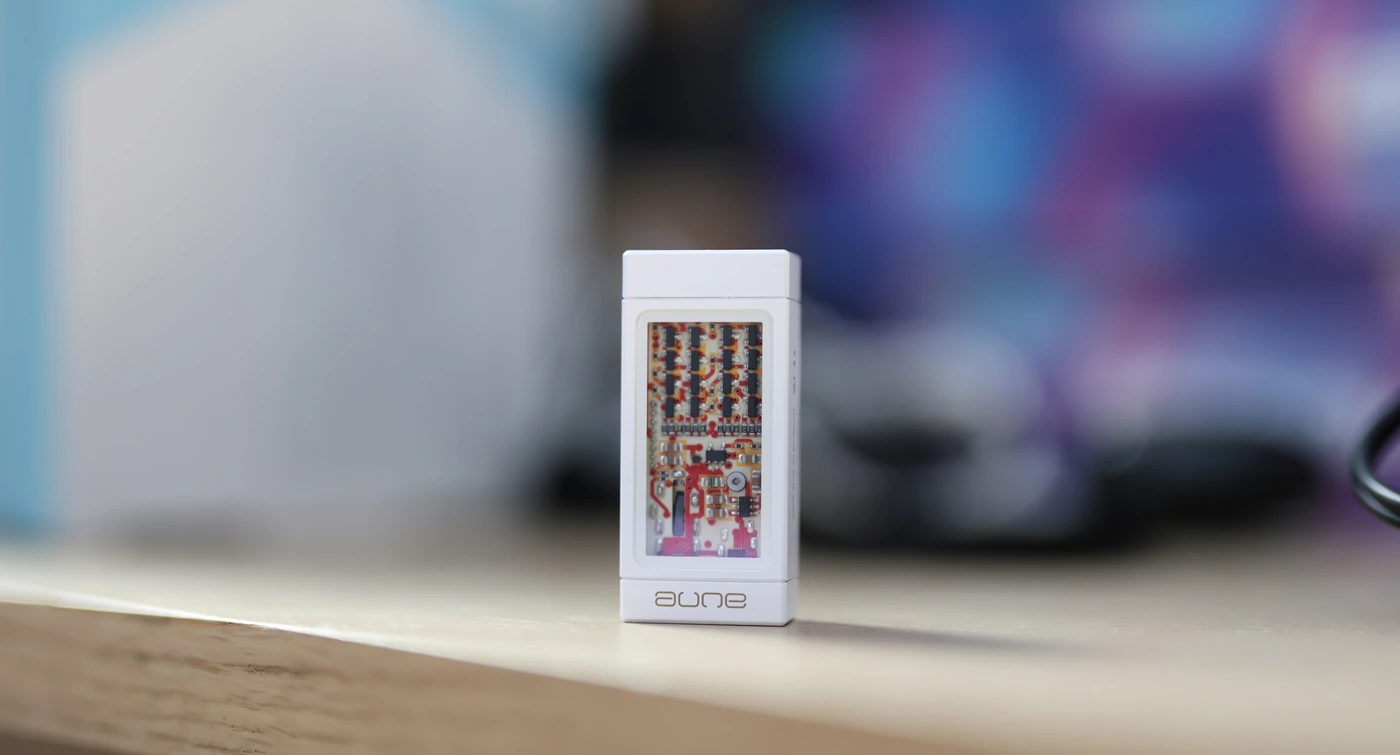
I can also confirm that when using it, there are no buttons to control the playback, but the volume buttons will control an internal volume of the Yuki, and it does not control the volume on my windows machine, instead having its own volume. This being said, it feels like the volume gets some kind of attenuation applied, and the DAC / AMP parts are playing at maximum volume, but attenuated, as the sound is generally loud and very strongly amplified compared to most units.
Sound Quality
Overall Signature – Aune Yuki is the first Dongle DAC of its kind, it has an absolutely unique tuning really bright in the treble, but with a bold and full bass, a loud, somewhat maxed out in energy midrange, and with a wide, holographic soundstage that extends to the edges of the sonic field quite nicely, creating what I would consider one of the most revealing, punchy, engaging, but also sharp and revealing tunings I’ve heard from a dongle regardless of the price point. While not a universally pleasing tuning, quite hard at times, it does wonders for Pop, EDM, Electro and Rock / Metal music, but it shows a bit too much edge for Jazz and laid back music.
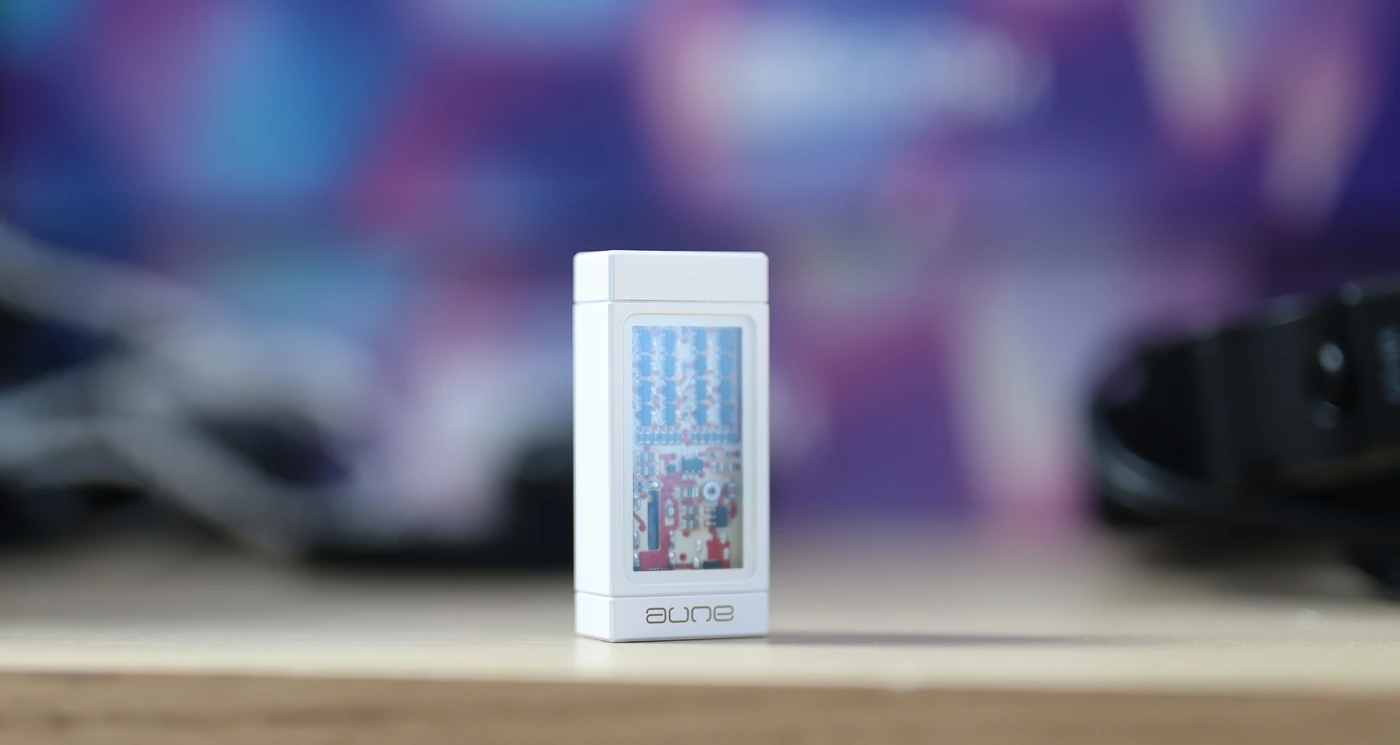
Bass – At first, when I heard a sharp treble, I expected the whole tuning to be lacking in bass, but Aune Yuki actually has a fairly strong, bold and deep bass, and with high-end flagship IEMS such as IE900 or Soundz Avant, the bass reaches 20 Hz quite nicely, reverberating in my ears with strong and bold textures, and sharp definition. As we mention, even from the bass, you can expect the whole sound to focus on this revealing and clean / crisp tuning, to show every bit of detail there is in music.
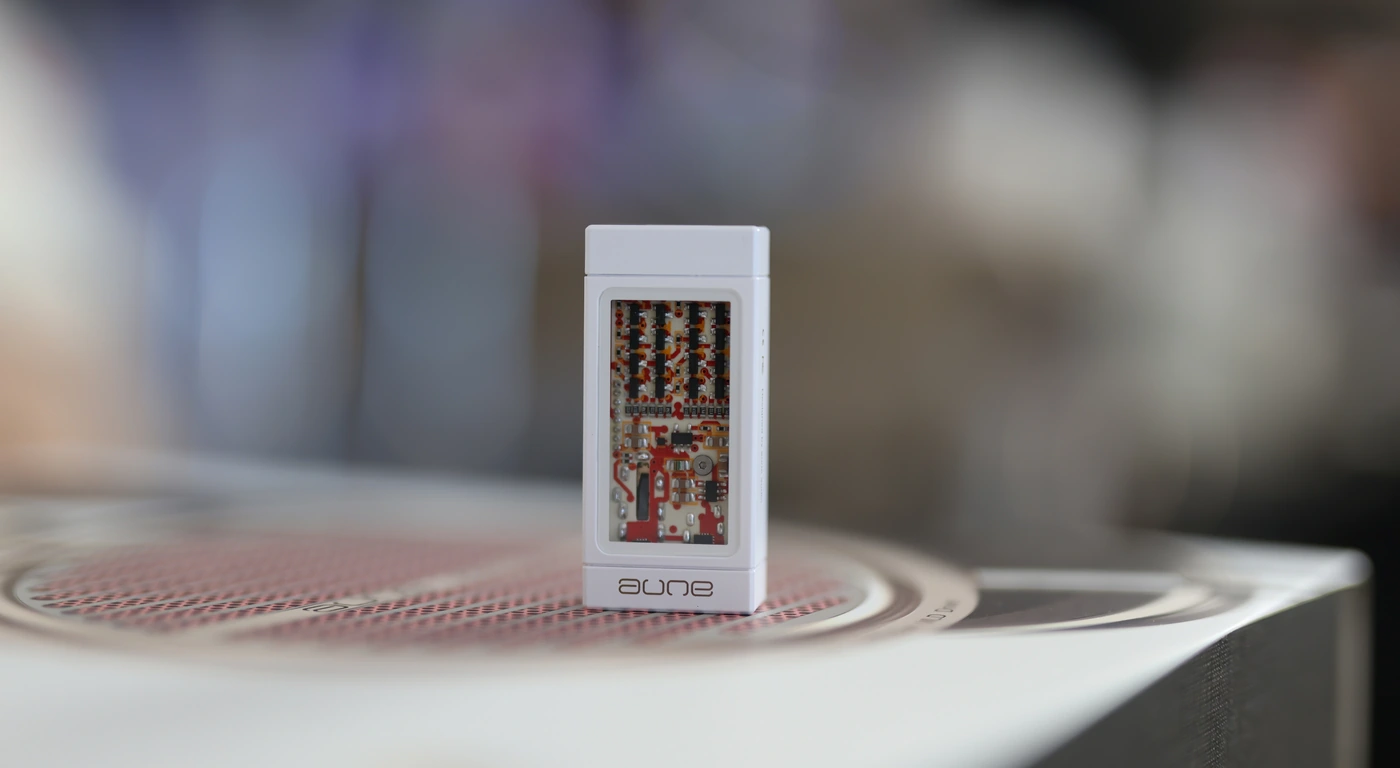
Midrange – We have a sharp, bright and detailed midrange that shows every little aspect in music, and I was surprised that I heard new sounds with HIFIMAN HE1000 SE, although even with Spirit Torino Twin Pulse Beryllium I can hear so much new information and stuff that is typically pushed to the background is now projected in the foreground layers, allowing you to clearly hear and understand all the micro details and intricacies in your songs.
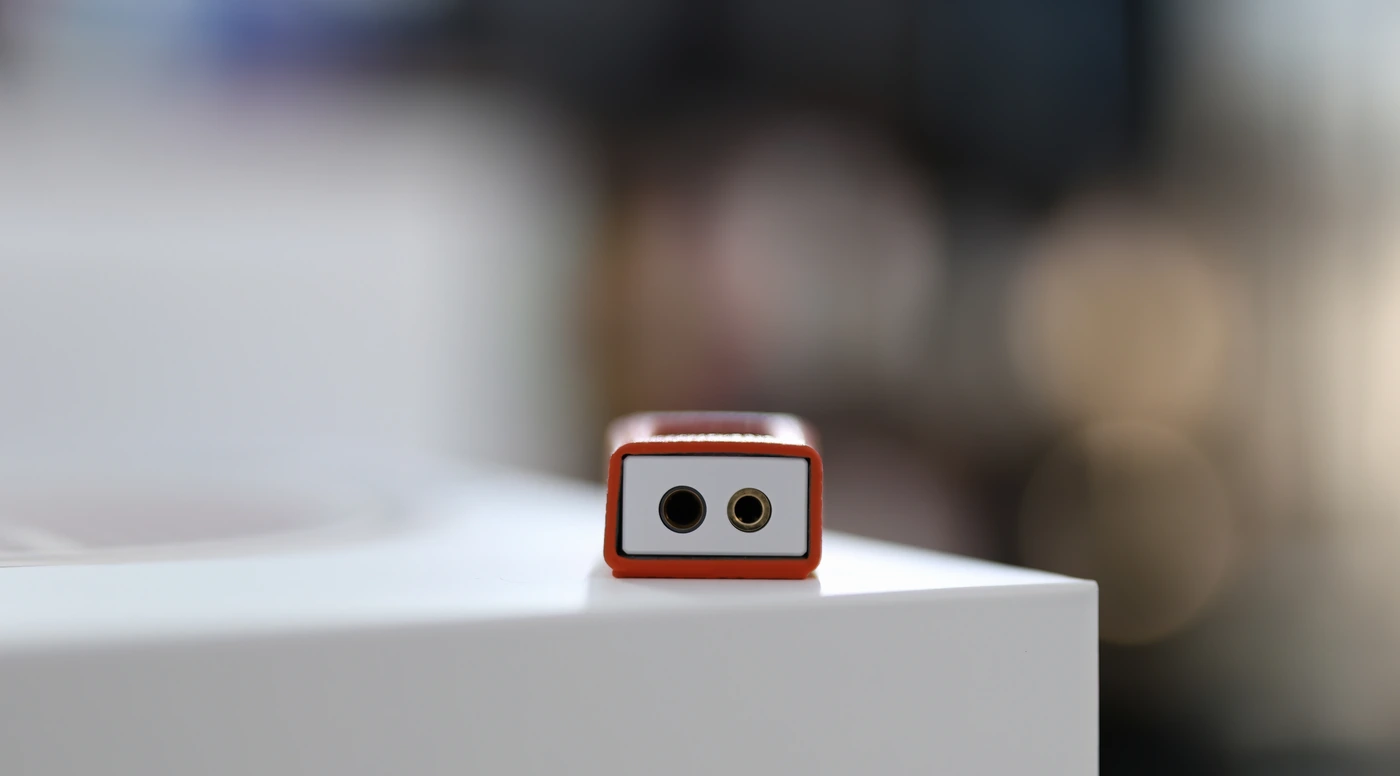
Dynamics / PRaT / Textures – Aune Yuki is, out of all the dongles I tested to date, the sharpest one, shows the most texture and has the most defined PRaT, which means you will hear every single texture in music, regardless of the song style. This includes the good, such as guitar texture, violin and piano texture, but also the sharper more fatiguing parts, such as trumpet texture or hard synth texture, all is brought to light and exposed by Yuki which sounds really clean and well defined. The Dynamics are somewhat compressed, and sound is always coming loud and forward, even quieter passages being pushed to sound louder, all adding to that super revealing effect Yuki has on music.
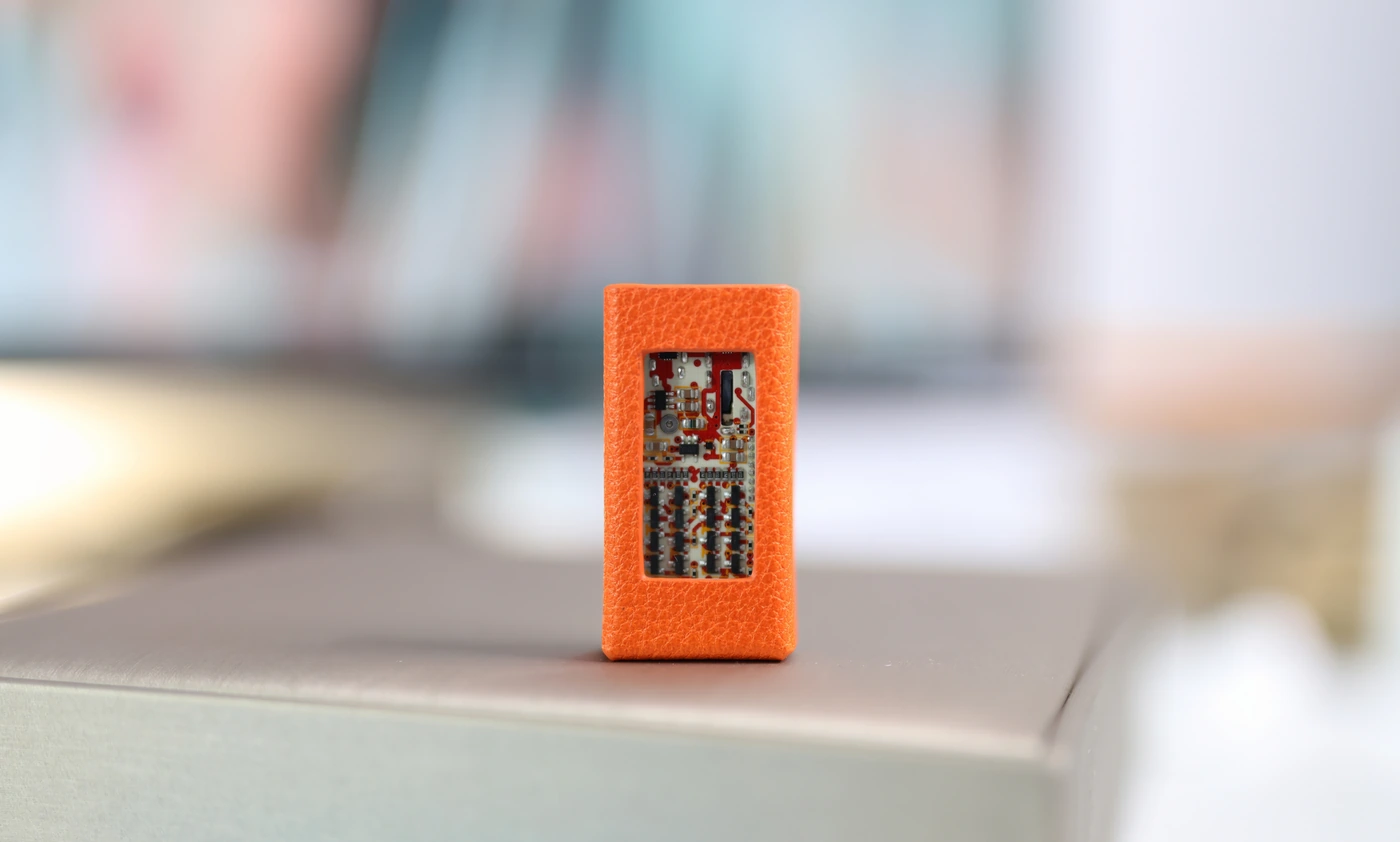
Soundstage – The stage is extremely wide, projected linearly to the edges, with lead instruments sounding closest to the listener, and everything else sounding widely holographic in the sides, but not distant. In fact, all instruments always have a loud presentation and sound really close, but wide and holographic around the listener.
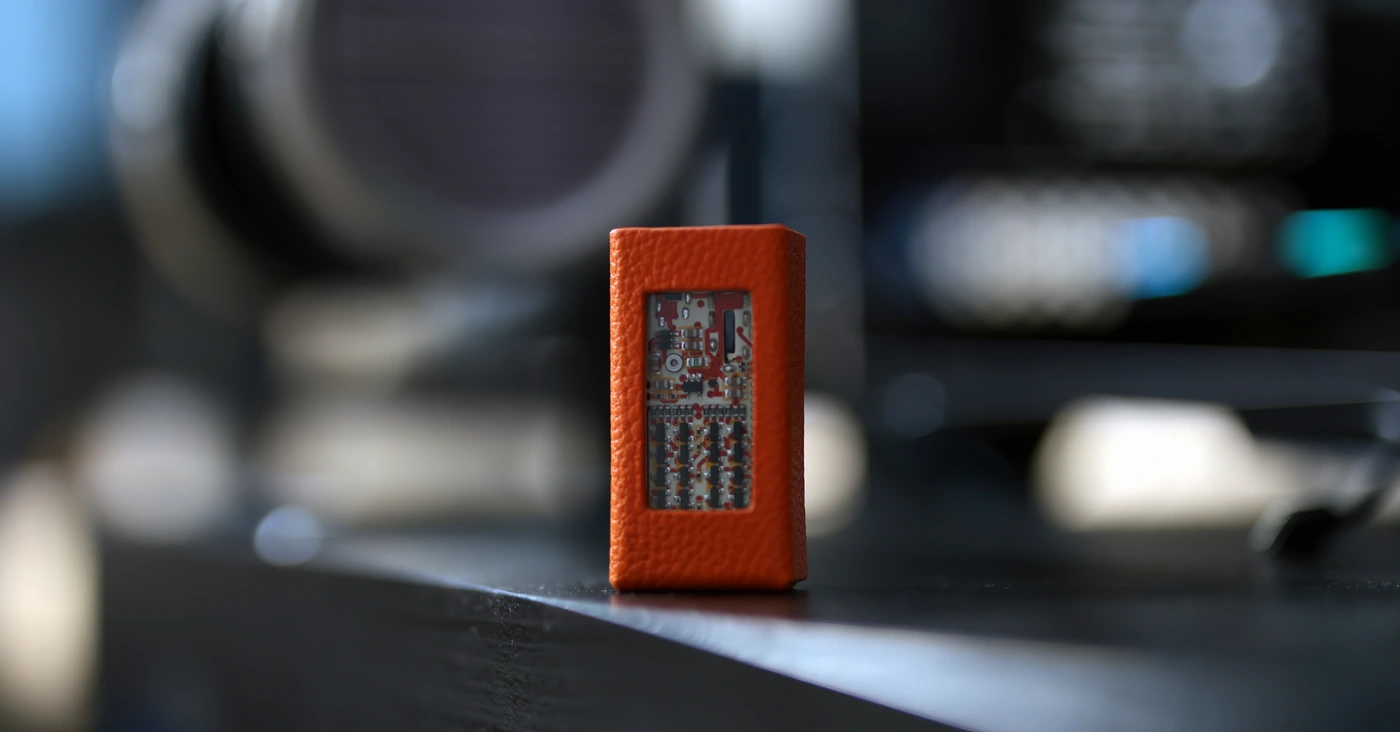
Volume Control – Despite the fact it always sounds pumped up and amplified, Aune Yuki is very consistent across all volume ranges, and it stays clean, clear, coherent, and distortion free, from the lowest whisper volume, all the way to maximum ear wrecking volumes. At quieter volumes, it sounds louder, more crisp, and the sound gets smaller only slightly, so it is perfect from the first few decibels, but stays clean and crisp all the way to the max you can listen at. Please make sure you press on the minus button at least a couple of times before inserting headphones, as on Windows is starts at maximum volume, at it could break your hearing with sensitive IEMs if you played anything at that volume.
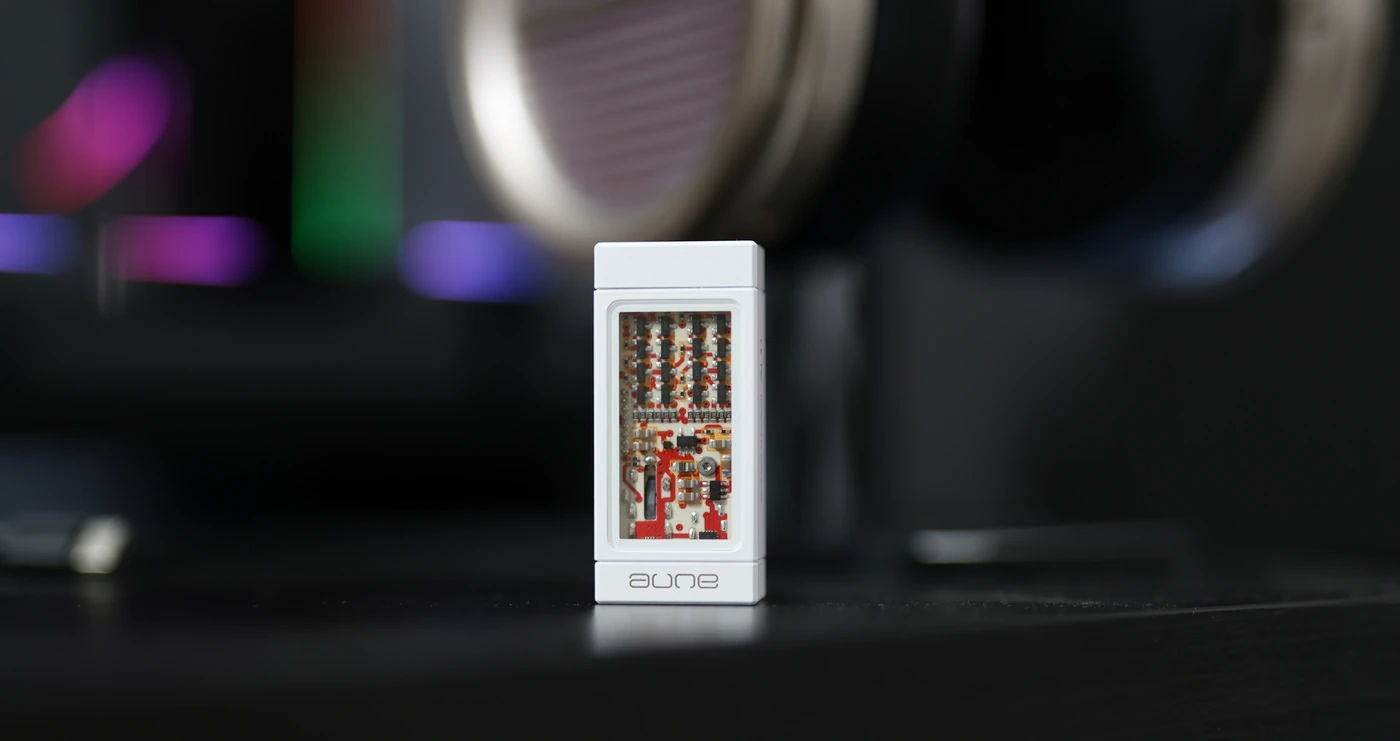
Treble – The treble of the Aune Yuki is theoretically the start of its sound, it has a really sharp, clean and detailed treble, airy and bright, with extension up to 20 kHz, making all details and sharper sounds easily audible. The fact that it brings the treble louder seems scary when written, but audibly, Yuki is fairly smooth in the textures, you never really think it is fatiguing, even with very bright headphones and IEMs, it is not sibilant or too harsh, but it is bright, open sounding and the treble is forward and strong.
Comparisons
Aune Yuki vs Hiby R3 II (179 USD vs 179 USD)
Build – Hiby R3II is a DAP, digital audio player, so it can do quite a bit more than Aune Yuki, which needs a host, smartphone or a DAP to work. This being said, using R3II as a USB DAC will have around 50 ms of delay, while Yuki has zero. Yuki is more portable if connected to a smartphone, but if you have easy to drive IEMs, R3 II is smaller and doesn’t need a phone, but it doesn’t have the same streaming speed and buffer / speed as a smartphone that can power Aune Yuki. I generally find DAPs to be slightly more convenient for taking a walk outdoors, but I find DAC/AMPs better suited for being soundcards while I am at the computer.
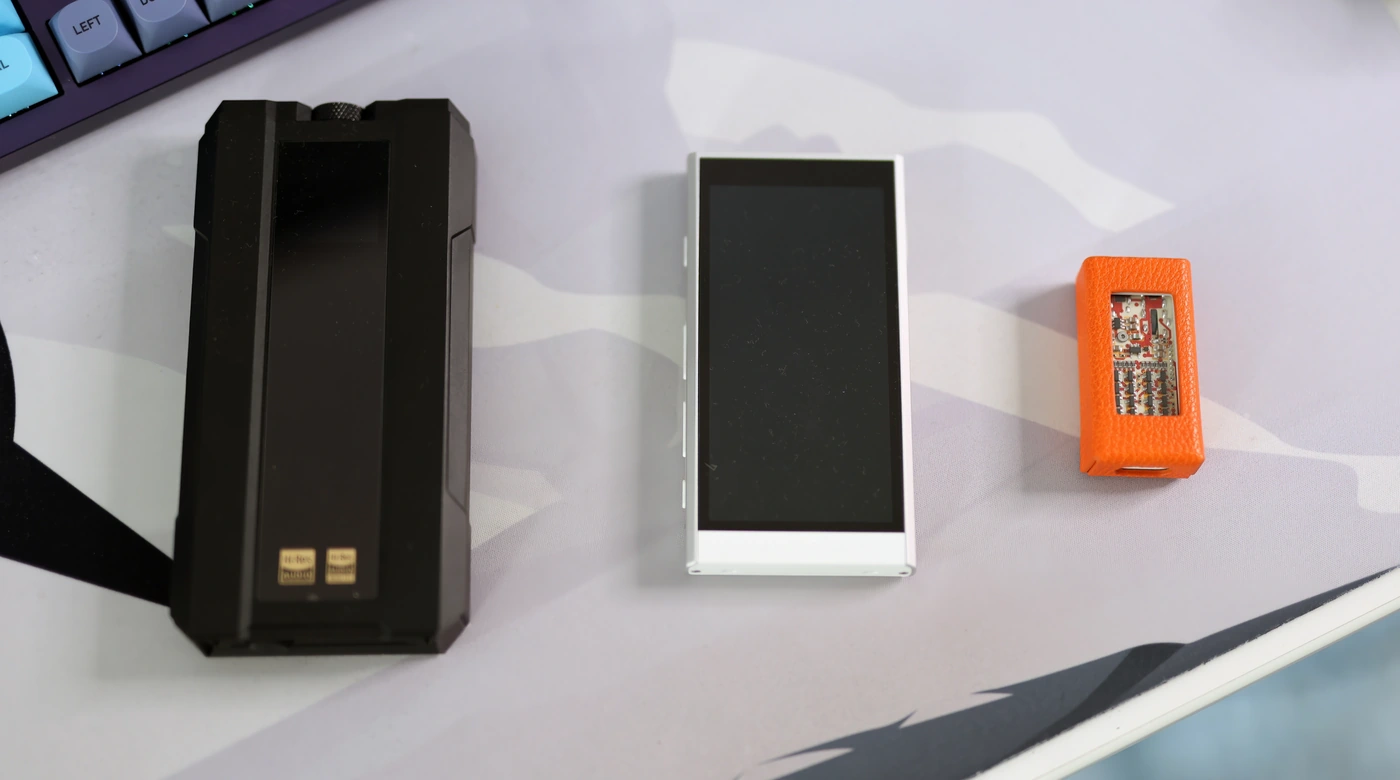
Sound – Sonically, Aune Yuki has a much brighter, more detailed, cleaner and sharper sound than Hiby R3 II, which sounds warm, smooth and presents less detail, with more focus on a warm and pleasing midrange. By contrast, Aune Yuki acts like a bright spotlight, it reveals everything there is in your music, it shows detail, texture, brightness, has more air and better extension, pairing better with smooth and warm sounding IEMS / Headphones, while R3 II pairs better with sharp / shouty / harsh sounding IEMS, as it can tone those down.
Aune Yuki vs Audioengine D1 (179 USD vs 169 USD)
Build – The one thing that sets the two apart is the intended usage, as you can take Yuki as a travel companion, while D1 is strictly a desktop DAC/AMP that will likely find a sweet spot powering both a few headphones, and a pair of speakers, especially Audioengine speakers. Yuki does a better job at powering IEMs with less noise, has a higher driving power for headphones, and generally sounds better with all devices connected to it, although it does not have an RCA output, to act as a desktop DAC.
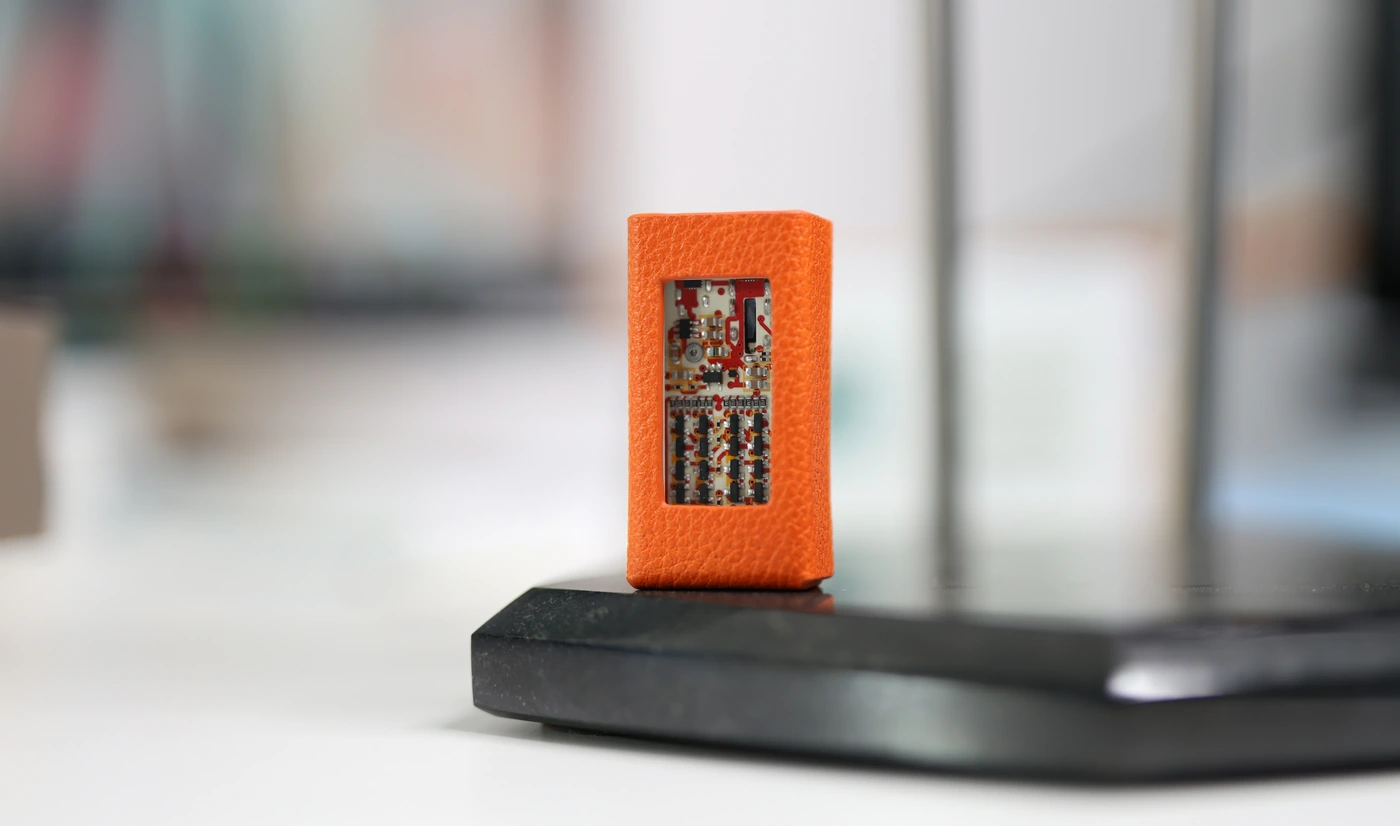
Sound – Sonically, Audioengine D1 sounds warmer, smoother, but also presents and reveals less detail, and it is generally laid back and relaxed while Aune Yuki always sounds more revealing, brighter, more brilliant, has better extension in both the treble and the bass, and more impact. D1 is great if you want a relaxed sound with less impact, while Aune Yuki is better if you want more impact and better micro details, more textures and a quicker, harder impulse response.
Aune Yuki vs Shanling UA5 (179 USD vs 211 USD)
Build – I kept comparing the Yuki to other devices which are not necessarily DAC/AMPs, but Ua5 is a pure DAC/AMP that serves the same purpose, although constructionally, Ua5 has a little display, a wheel for adjusting the volume, and it looks sleeker if you’re used to high-end audio devices, while Yuki looks more artisanal and draws inspiration from Japanese art objects. While both can drive IEMs and Headphones well, Ua5 has more driving power for hard to drive headphones, but Yuki has better control for IEMs, and it is generally less sensitive to the IEM impedance. Both have a Balanced and a SE output, and there is no USB DAC delay with either.
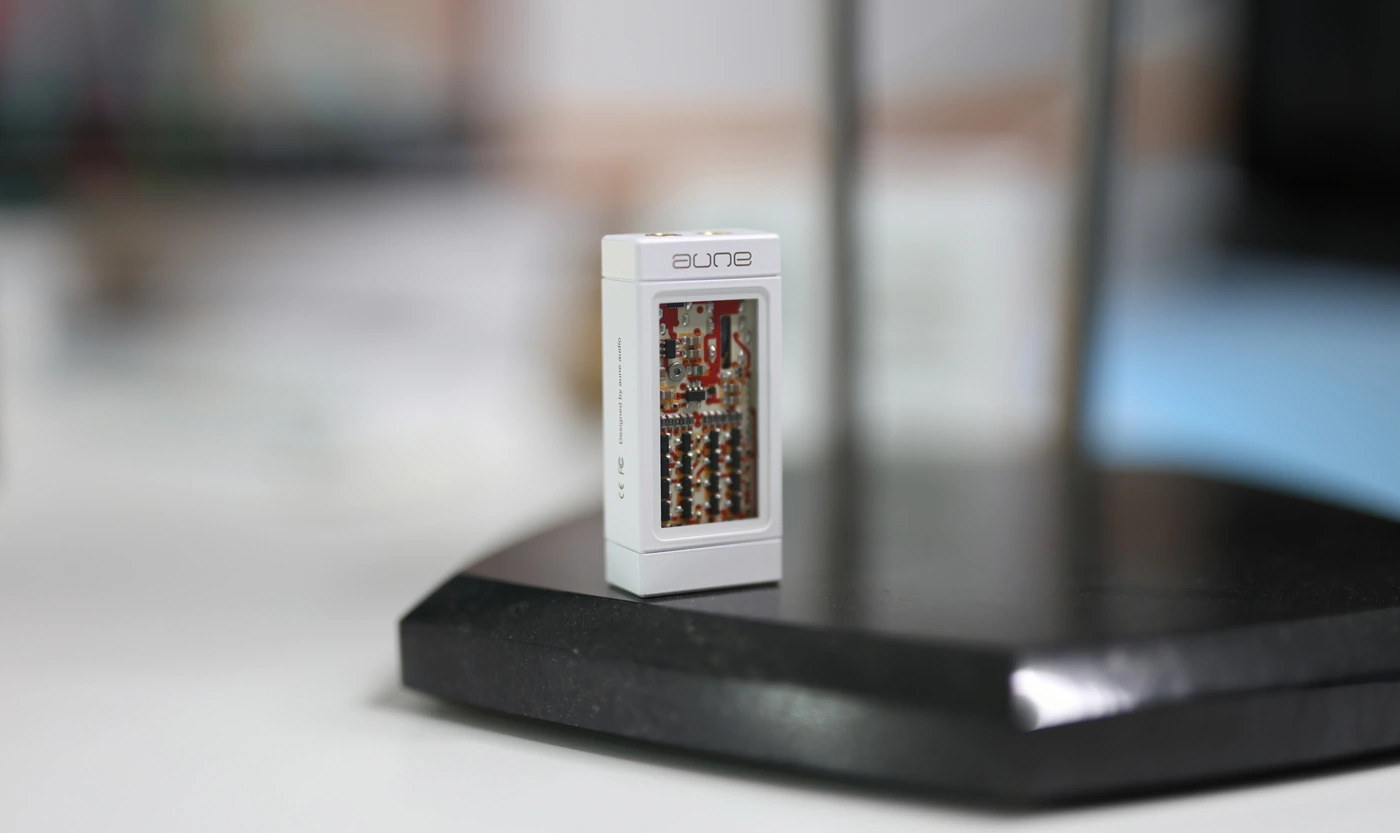
Sound – If you’re looking for a really lush, thick and deep signature, Ua5 delivers it nicely, and it is a really warm and full sounding DAC / AMP, while Yuki is much brighter, sharper, more brilliant and more revealing. Although one could argue that both have about the same level of detail and clarity, Yuki brings forward textures, and background instruments more, it shows micro details and has a much wider soundstage, while Ua5 brings more volume and quantity from the bass, but results in a more intimate sound which is relaxed and laid back. Both have a smooth texture presentation and neither is fatiguing or harsh, but Yuki will show a lot of texture while UA5 will keep music warmer and smoother with a slower and sloppier impulse response.
Value and Conclusion
Aune always made audio equipment with outstanding price / performance ratio, and it simply wasn’t going to be the first time they failed when making an entry-level DAC AMP Dongle, and Yuki is one of the highest performing Dongle DACs for the price, it actually does bring something new, a new sound to the table, no background noise for IEMs, and is simply brilliant for the price, plus it goes on sale for 10 USD less on the Aune European Website, and sometimes on Amazon for even more, so you should have an excellent deal if you go for it.
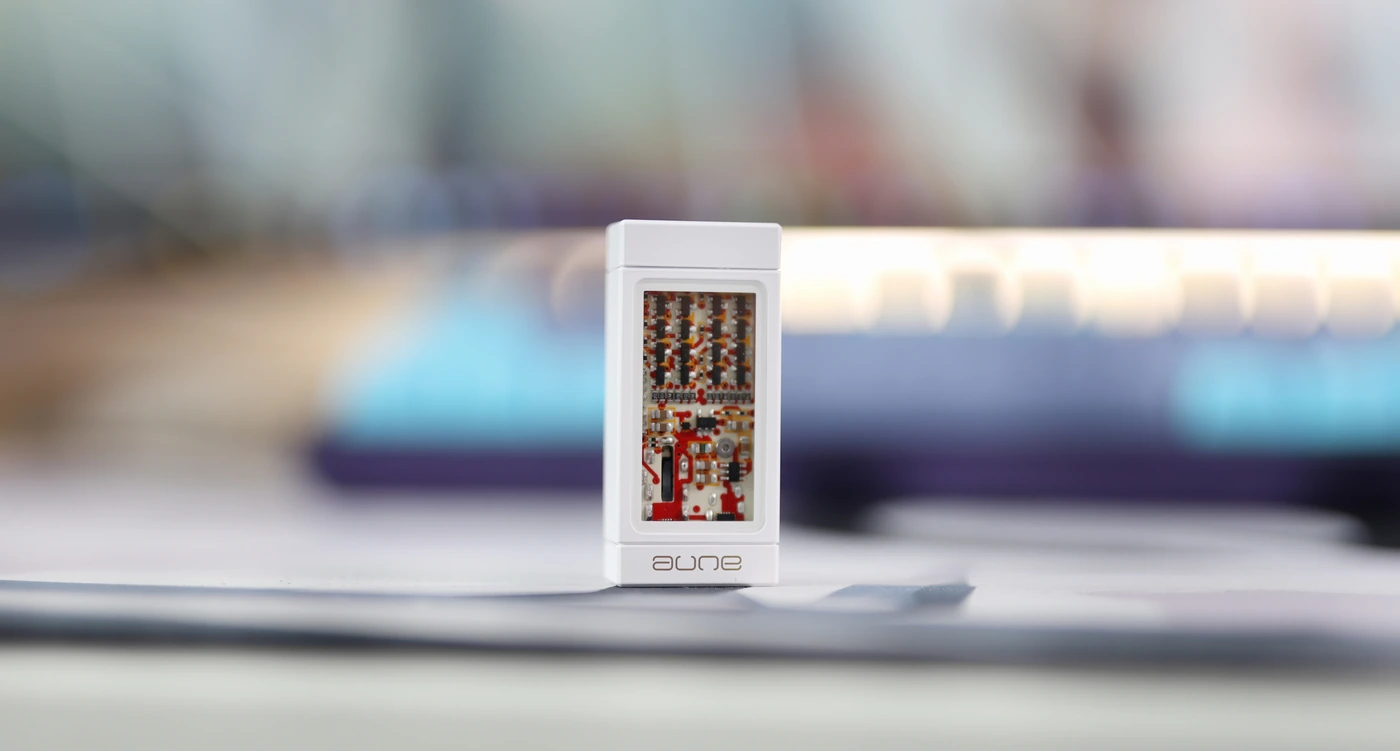
At the end of the day, if you’re looking for a brilliant, wide and detailed sounding Dongle DAC AMP with excellent detail revealing ability, beautiful design, and a fully balanced design, Dual DAC, quad AMP, and separate PCB layers for the Analog and the Digital parts, Aune Yuki surely is your best bet, and an excellent option today.
Product Link
You can grab one here – https://amzn.to/4b0Bc2H
--- Please remember to stay safe, and always have fun while listening to music!---
- If you have a dime to spare, please donate, and help us! It would make the day brighter for me and my wife-
Full Playlist used for this review
We listened to more songs than those named in this playlist, but those are excellent for identifying a sonic signature. I recommend trying most of the songs from this playlist, especially if you’re searching for new music! The playlists are different for Spotify, Tidal and Youtube, and based on the songs I enjoy and are available on each!
https://www.youtube.com/playlist?list=PL_cjBXGmwSHSdGcwuc_bKbBDGHL4QvYBu
https://open.spotify.com/playlist/5J3oloz8Riy9LxEGenOjQ0?si=979ba4f082414be7
https://tidal.com/browse/playlist/330fd544-8e5b-4839-bd35-676b2edbb3d5
--- Contact Us ---





